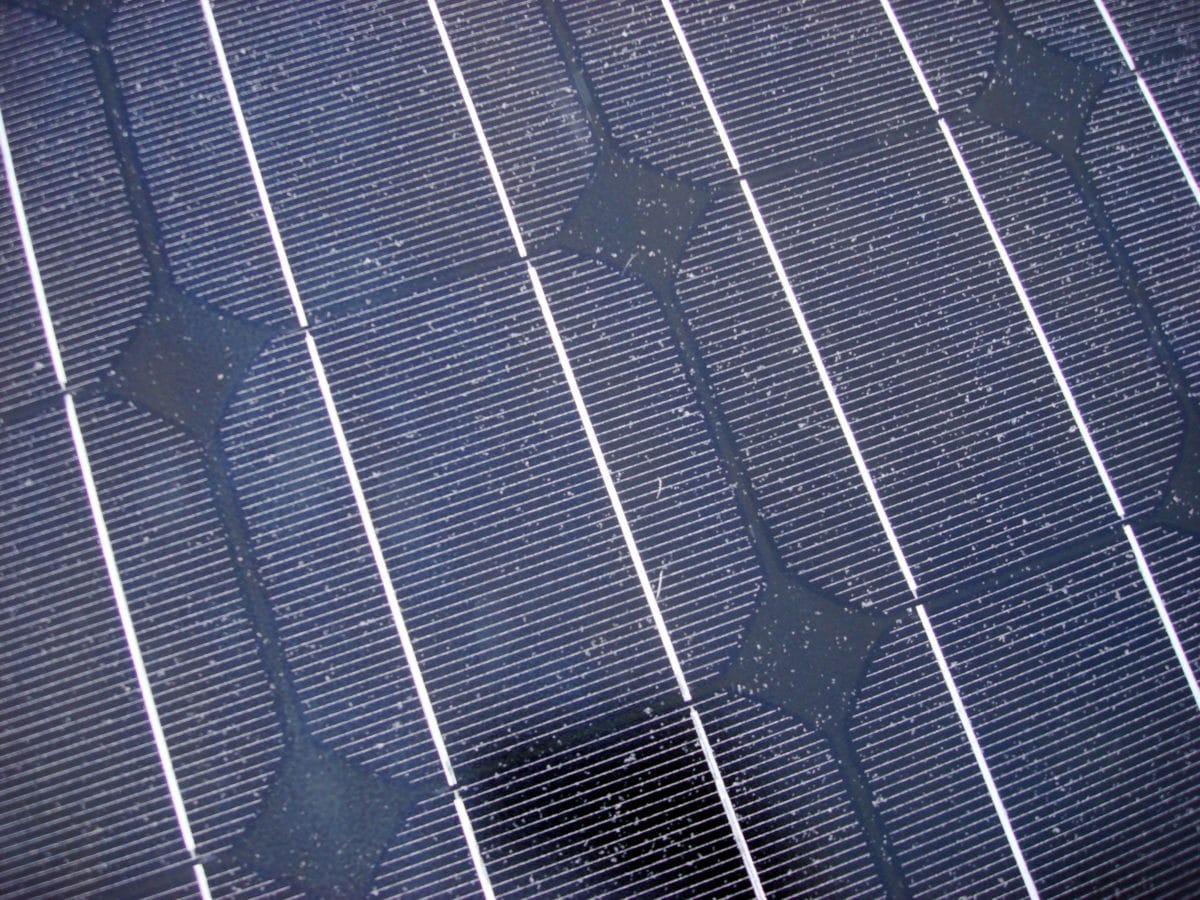Researchers from the Indian Institute of Engineering Science and Technology, Shibpur’s (IIEST Shibpur) have developed a novel physics-based model to estimate dust accumulation on the front and rear surfaces of bifacial modules.
“This model is equally applicable for both rooftop plant and commercial ones,” researcher Saheli Sengupta told pv magazine. “In India, a larger plant with bifacial modules is not yet available and hence we could not validate the model for the larger set-up. But this is in our research program to carry out the same for larger plants from India and abroad.”
The proposed model considers a few input parameters such as particulate matter (PM) concentration, panel tilt, the sun’s angle of incident, solar radiation, albedo, and PV module specifications. It also considers weather parameters such as wind direction, speed, and ambient temperature.
“The considerations made in this analysis are that the shape of the particles is assumed to be spherical; the dust deposition over the module is considered to be uniform; and the effect of different composition of dust is not considered separately,” said the academics.
“It is observed that surface density of dust on back surface for 34 days is 0.08 g/m2, for 79 days 0.6 g/m2 and for 126 days 1.8 g/m2, which are deviated from model based calculated ones by 10%, 33.33% and 4.4% respectively,” the researchers said. “The surface density of dust accumulated on the glass based rear surface is about 1/6th of the front glass surface, which is validated by the model also.”
In addition, the scientists found that the error between the observed DC power generation and the calculated one was 5.6% on the back surface and 9.6% on the front.
“It is necessary to validate this model for large capacity bifacial plant at different locations,” the academics concluded.
They introduced their findings in “Physics based modeling of dust accumulation on a bifacial solar PV module for generation loss estimation due to soiling,” which was recently published in Solar Energy Advances.
This content is protected by copyright and may not be reused. If you want to cooperate with us and would like to reuse some of our content, please contact: editors@pv-magazine.com.


Why not just clean and know exact decay for same incidence light levels. Measure solar flux and look for losses when solar flux is equal to prior measure.